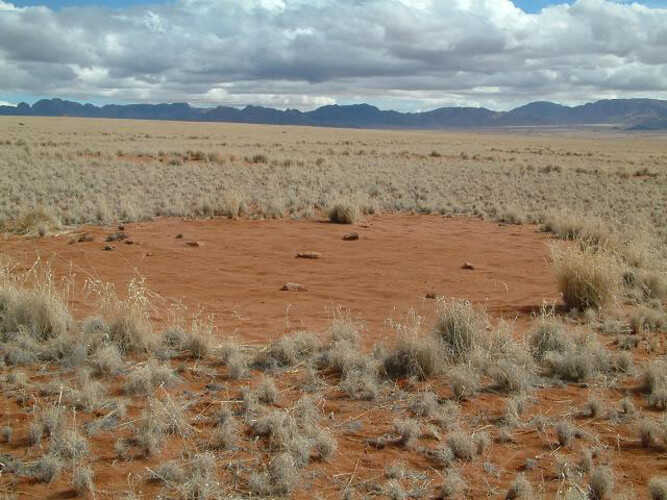The ”fairy circles” of the Namib Desert
http://passeurdesciences.blog.lemonde.fr/2012/07/02/les-mysterieux-cercles-de-fees-de-namibie-sont-vivants/Hello Dr Tschinkel,
I just red an interesting article about your work in the Namib Desert (
http://passeurdesciences.blog.lemonde.fr/2012/07/02/les-mysterieux-cercles-de-fees-de-namibie-sont-vivants/ ). It's fascinating!
So there is still no clue about what is creating those circles? Maybe I can help with an original idea: what if the fairy circles are created by the lack of water and the fact that plants struggle to catch the more vapour of water in the air that they can?
Here is how I see the idea working: 1. when plants gets water, they grow. When they grow, they get more water by catching more vapour. And because water is so rare, then other plants get less water, so that the biggest plants live well and the smallest ones die. Then, 2. when an area is empty of plants (the erosion does its job), every day there is again some vapour in the air that it isn't catched, so that plants that live on the border of the area gain more water than others and grow higher. And 3. when that point is reached, the only thing that maintains the area empty is the size of the nearby plants, that are forming the circle.
Now, how to prove that this idea is the good one?
1. Cutting every high plant of the border of a young circle (<10 years), and the fairy circle shall vanish (letting plants to grow again in the area), and stopping the erosion
2. Killing a disk of plants in a green area shall make the plants of the border grow higher, and the erosion to begin
3. Planting a circle of high plants in a green area, and the plants inside shall start to die slowly
And maybe that there is so few water that vapour is only near the ground in the first centimeters, so that plants won't go higher than that...
Best regards,
Thomas Godart
